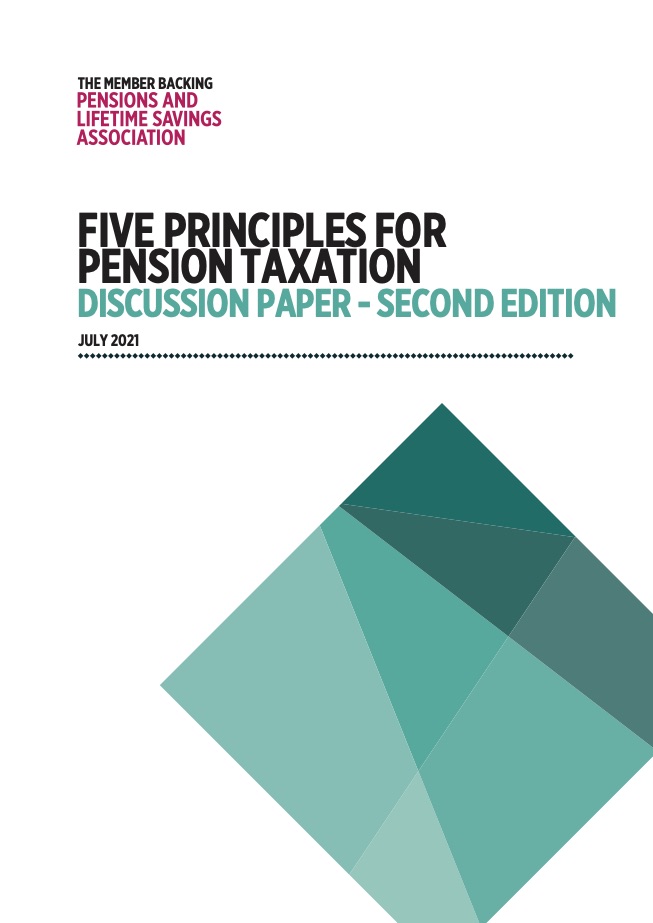Five principles for pension taxation

There has been a raft of speculation over the last year that Government plans to reduce the level of financial support for pension saving. In response, the PLSA has sought to identify the principles against which any reform should be assessed and has considered whether the range of reforms most frequently discussed satisfy them.
The PLSA supports maintaining the core elements of the current approach to pension tax relief, in particular the EET system, and the level of fiscal support given to pension saving. However, we recognise that the UK is facing a very severe economic and fiscal environment. If the Government chooses to undertake a reform of pensions tax relief, we propose that it should be based on the five principles set out below:
- Promotes adequacy: provides financial support and incentivises saving for retirement.
- Encourages the right behaviours: helps savers make the right decisions about retirement saving.
- Fair: helps everyone – the employed and the self-employed - save for retirement.
- Simple to adopt & administer: avoids unreasonable transition and on-going costs for employers and schemes.
- Enduring & sustainable: designed to avoid repeated change and so builds confidence in long-term saving.
There are many ways in which the fiscal support for pension saving could be altered or reformed. However, in this report, we have picked out seven that have been frequently discussed by Government, the pension sector, consumer groups, and the media over the last five years. We have compared these against the principles for reform. These reform options are TEE, single rate at 20%, and single rate at 25 or 30%, a reduction in the Annual Allowance and Lifetime Allowance, removing NI relief on the employer contribution, capping the tax-free lump sum at £75k and splitting the DB and DC tax regime.